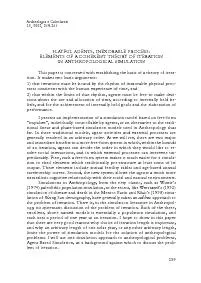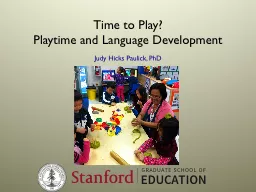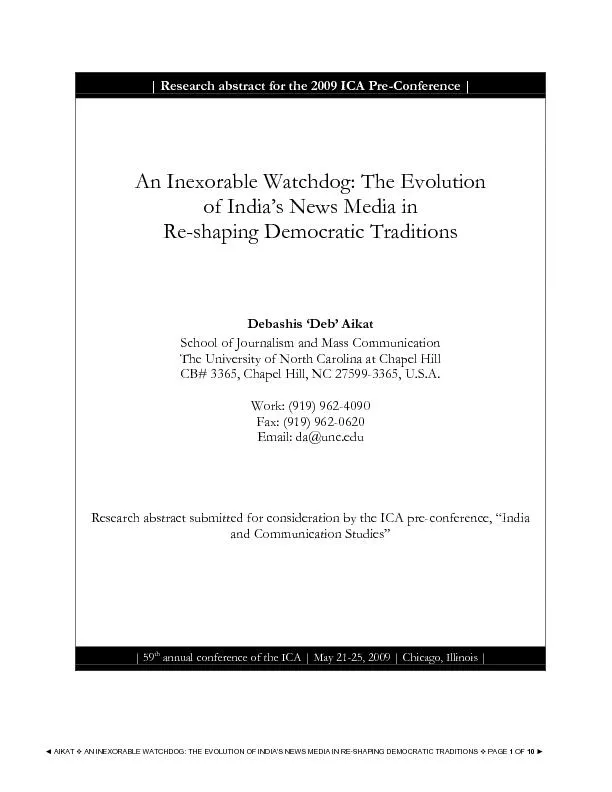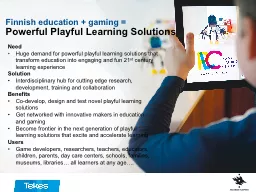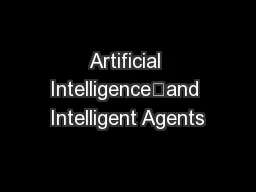PDF-Playful agents, inexorable process
Author : pasty-toler | Published Date : 2017-01-14
PLAYFUL AGENTS INEXORABLE PROCESSELEMENTS OF A COHERENT THEORY OF ITERATIONIN ANTHROPOLOGICAL SIMULATIONtion It makes two basic arguments1 that iterations must be
Presentation Embed Code
Download Presentation
Download Presentation The PPT/PDF document "Playful agents, inexorable process" is the property of its rightful owner. Permission is granted to download and print the materials on this website for personal, non-commercial use only, and to display it on your personal computer provided you do not modify the materials and that you retain all copyright notices contained in the materials. By downloading content from our website, you accept the terms of this agreement.
Playful agents, inexorable process: Transcript
Download Rules Of Document
"Playful agents, inexorable process"The content belongs to its owner. You may download and print it for personal use, without modification, and keep all copyright notices. By downloading, you agree to these terms.
Related Documents

